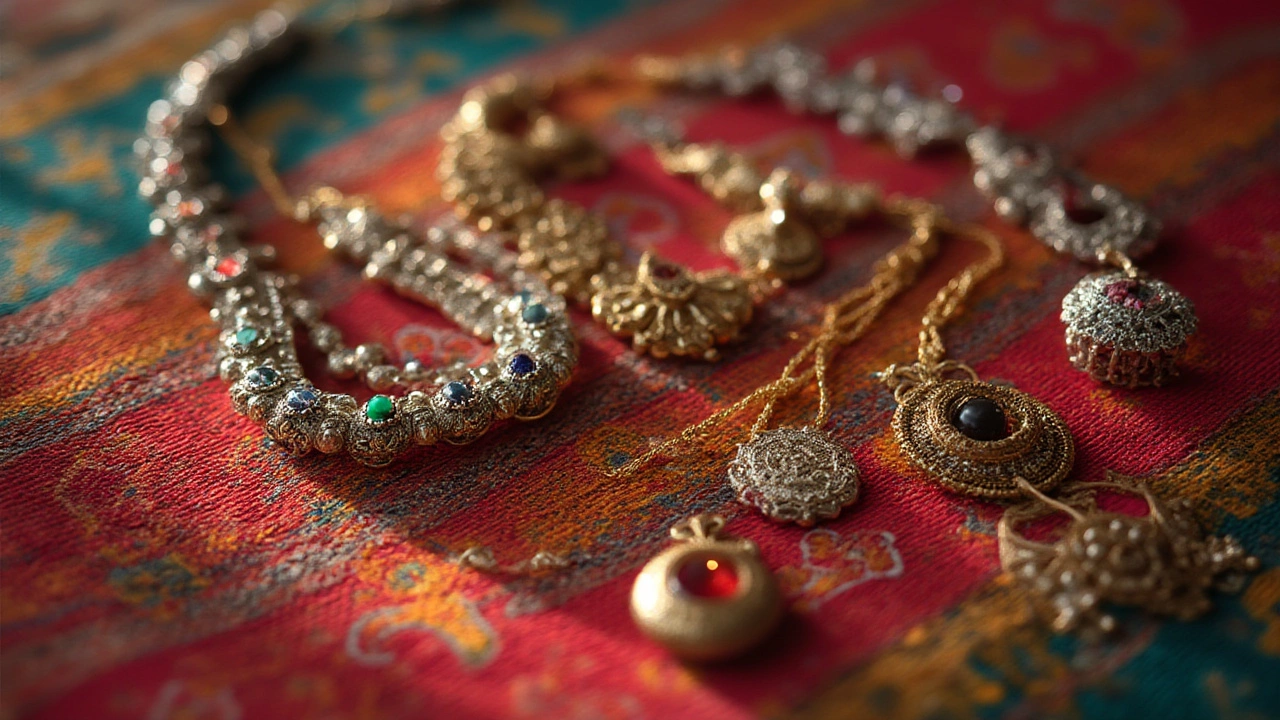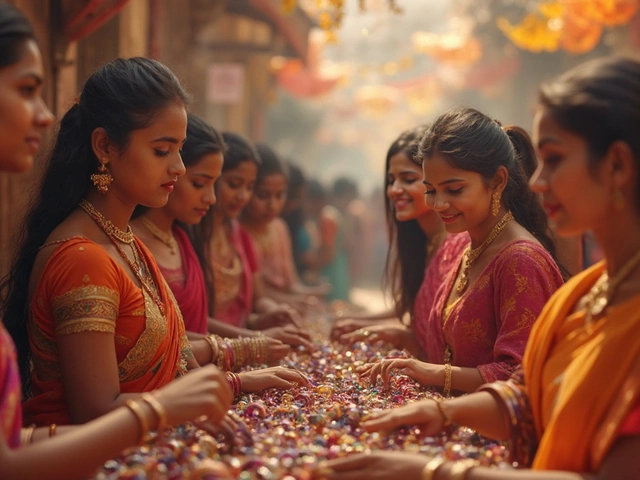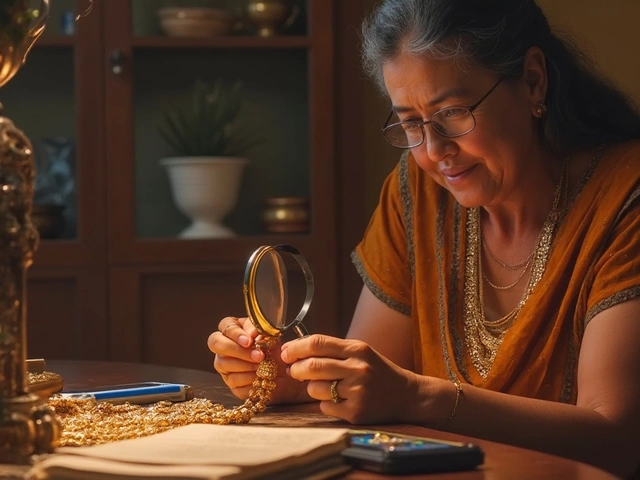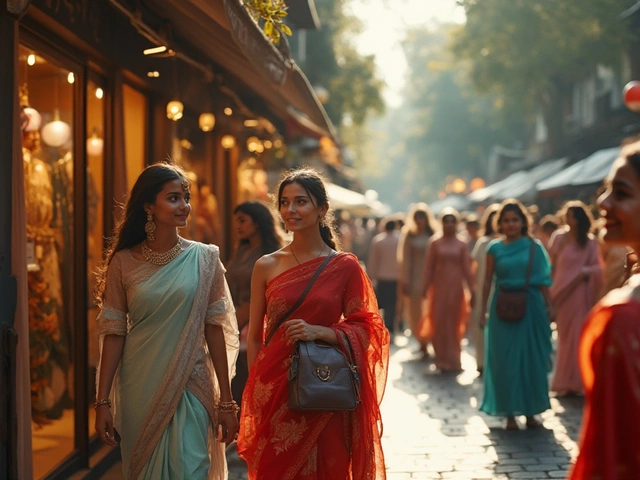Traditional Manipuri Ornaments: A Practical Guide
Manipur’s jewelry is more than sparkle; it tells stories of festivals, rituals, and everyday life. If you’ve seen a bride in a phanek with a shining khangkhul necklace, you’ve already felt the culture. This guide breaks down the most common pieces, what they’re made of, and how to pick the right one without getting duped.
Popular Styles and Their Meanings
The khangkhul is the go‑to necklace for weddings and major celebrations. Crafted in gold or silver, it features long, dangling beads that sway with every move. Each bead often carries a tiny gemstone – usually rubies or emeralds – symbolising prosperity and protection.
Another favorite is the kakhan bracelet. It’s a thick, cuff‑style band worn on the right wrist. In many villages, a married woman’s family gifts her a pair to mark her new status. The design usually includes intricate filigree work that mimics local bamboo patterns.
For head ornaments, the maibong (headband) stands out. Thin gold strips weave around the hair, ending in tiny tassels of silk. It’s most common during the Jaikai dance festival, where the tassels represent rhythm and joy.
Men’s traditional pieces are simpler but no less striking. The dhapkhel chain, a thick gold link, is worn over a plain shirt for ceremonies. It signals status and often bears a small pendant shaped like a lotus – a nod to the ancient Manipuri kingdom.
How to Choose and Care for Authentic Pieces
First, check the hallmark. Genuine gold from Manipur carries a BIS stamp with "22K" or "18K" and a serial number. Silver should read "925". If you can’t see a stamp, ask for a certificate – reputable sellers will have one.
Feel the weight. Real gold feels solid and cool to the touch. Cheap replicas are lighter and may have a greasy feel. A quick magnet test can also help: gold and silver won’t stick, while plated base metals often do.
When buying online, look for clear close‑up photos of the clasp, pendant, and any gemstones. Authentic sellers show the inside of the piece, where hallmarks hide. Read reviews that mention durability – a real Manipuri piece should last generations.
Cleaning is easy: a soft cloth and mild soap remove surface dust. For deeper cleaning, a jeweler can use a gentle ultrasonic bath, but avoid harsh chemicals that can dull the finish.
Store each item separately in a soft pouch or a lined jewelry box. This prevents scratches, especially for delicate filigree work on bracelets and earrings.
Finally, respect the cultural roots. If you wear a necklace meant for a bride, understand its significance and avoid using it for casual outings unless you feel comfortable with that mix. Treating the jewelry with the right reverence adds to its value, both sentimental and monetary.
Whether you’re looking for a statement piece for a wedding or a subtle everyday charm, traditional Manipuri ornaments offer a blend of art and heritage. With these tips, you can shop confidently, enjoy proper care, and keep a piece of Manipur’s rich history close to your heart.
Manipur Jewellery: Traditional Names, Styles, and Meanings Explained
Ever wondered what Manipur jewellery is called? Discover the unique names, cultural meanings, and styles behind Manipuri ornaments in this detailed guide.





